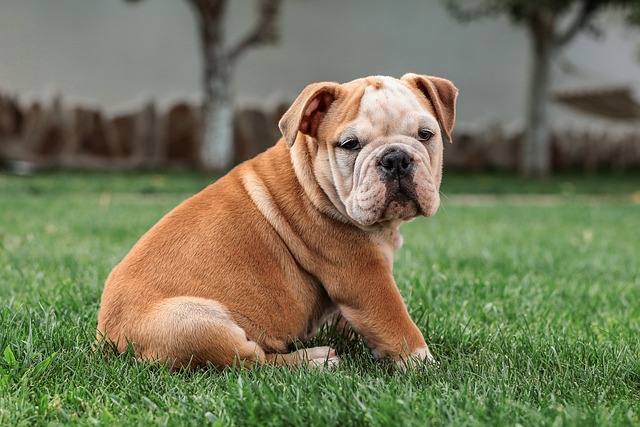
Effective Solutions to Curb Excessive Dog Barking
Tired of your dog's relentless barking? Discover how specific sound frequencies can offer humane, effective solutions to curb this common canine challenge.
Watching your dog snarl or lunge at others is gut-wrenching. It’s not just a behavior problem—it’s a situation that can strain relationships with neighbors and put your furry friend’s future at risk. But the truth is, with the right approach, you can help your dog shed those aggressive tendencies and become the well - behaved companion you know they can be. Plus, addressing aggression is often a legal requirement to ensure public safety.
Before you start training, safety comes first. Keep your dog on a sturdy leash and consider using a muzzle in public if their aggression is severe. This isn’t about punishment; it’s about preventing harm to others, which is crucial in areas with strict liability laws for dog - related incidents.
The next step is understanding what’s driving the aggression. Is your dog lashing out because they’re scared of loud noises, protective of their territory, or in pain? Observing their behavior patterns helps identify triggers. Ignoring these root causes not only makes training ineffective but may also violate local animal control regulations.
Positive reinforcement is the cornerstone of training. Instead of scolding your dog for growling, reward them when they display calm behavior. Offer small, high - value treats, like pieces of chicken or cheese, and shower them with praise when they sit quietly around potential triggers. This method aligns with humane training practices widely accepted in many communities.
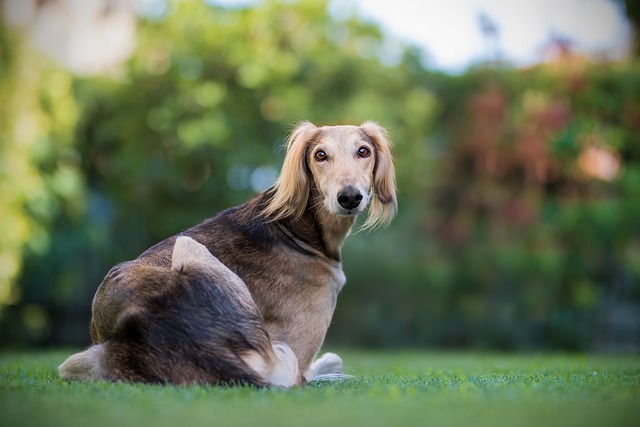 Gradual desensitization can work wonders. If your dog is aggressive towards other dogs, start by keeping them at a distance where they remain calm. Over time, slowly decrease that distance while rewarding relaxed behavior. It’s a slow process, but it helps your dog build positive associations and reduces anxiety.
Gradual desensitization can work wonders. If your dog is aggressive towards other dogs, start by keeping them at a distance where they remain calm. Over time, slowly decrease that distance while rewarding relaxed behavior. It’s a slow process, but it helps your dog build positive associations and reduces anxiety.
For complex cases, professional help is a game - changer. Dog behaviorists or certified trainers have the skills to assess your dog’s unique situation and create a tailored training plan. In regions with strict dog - bite laws, seeking professional advice not only improves your dog’s behavior but also protects you from potential legal consequences.
Managing your dog’s environment is equally important. If they’re territorial, use baby gates to limit their access to certain areas of the house. Avoid crowded dog parks or busy streets until their aggression improves. These precautions not only keep others safe but also comply with local nuisance animal ordinances.
Consistency is key in training. Everyone in your household should follow the same rules and use the same commands. Stick to a regular training schedule, even if progress seems slow. Remember, every small victory, like your dog greeting a neighbor without growling, is a step in the right direction.
Training a dog to overcome aggression takes time, patience, and lots of love. There will be setbacks, but don’t lose faith. By taking these steps, you’re not only helping your dog lead a happier, more fulfilling life but also being a responsible pet owner who contributes to a safer community for all.

Tired of your dog's relentless barking? Discover how specific sound frequencies can offer humane, effective solutions to curb this common canine challenge.
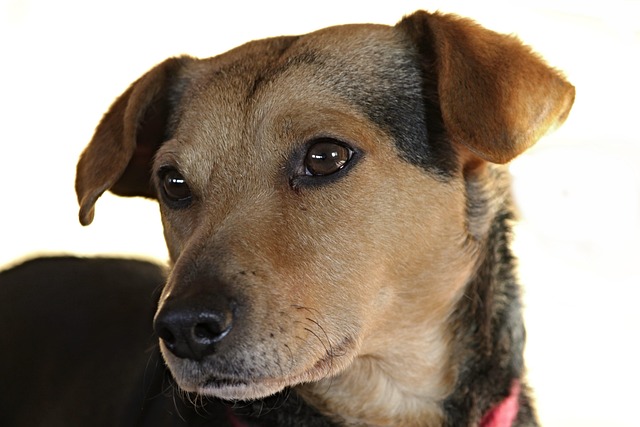
If you’ve ever had your dog lunge or snarl at another furry friend during a walk, you know how scary and frustrating it can be. Aggression between dogs isn’t just a behavior issue—it’s a safety concern for everyone involved.

Watching your dog growl, lunge, or bare their teeth at another pup isn’t just embarrassing—it’s heart-wrenching. Aggression between dogs can stem from fear, territorial instincts, or past negative experiences, but the good news?
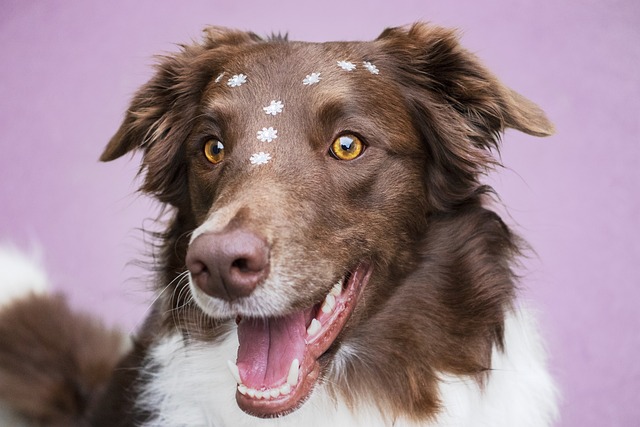
Ever bring home a new furry family member – maybe a wiggly puppy or a rescue dog with unsure eyes – and feel a bit overwhelmed? You’re excited, but maybe they seem nervous, confused, or just plain shut down.

Having an aggressive dog at home can feel like walking on eggshells. It’s stressful, but the good news is that with patience and the right approach, you can help your furry friend become more relaxed and friendly.
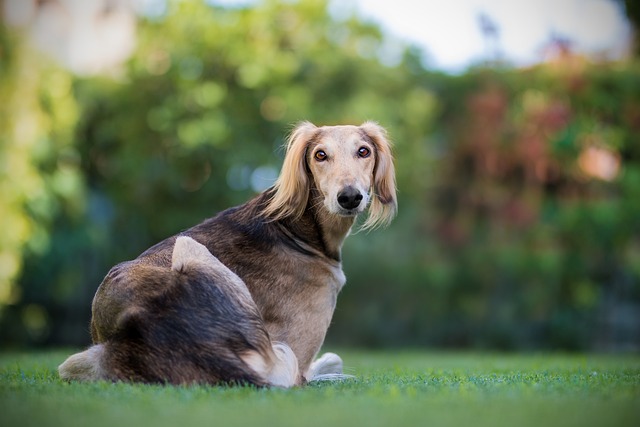
Watching your dog snarl or lunge at others is gut-wrenching. It’s not just a behavior problem—it’s a situation that can strain relationships with neighbors and put your furry friend’s future at risk.